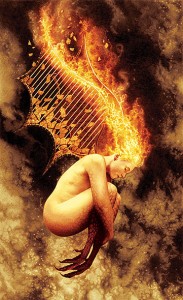
The Hugo awards for Professional Artist, from 1980 through 1992, were dominated by artist Michael Whelan (Jim Burns won once during those years, in 1987). The rest of the decade, 1993 -1999, Whelan took turns with Jim Burns (1995) and Don Maitz (1993) before largely ceding the floor to Bob Eggleton in 1994 . . . who then proceeded to take the Hugo almost every year from 1994 to 2004 (Whelan 2000, 2002). Whether wielding a paint brush, or air brush, these artists had one thing in common: paint. Then came the turn of the century . . . and changes to the field that were underway in the mid 1990s finally got to the Hugos.
In 2005 Jim Burns won his 3rd Hugo (by tradition, it seems, a British artist wins whenever the SF Worldcon is held in the UK). But 2005 also marked a major milestone for the “Best Artist” Hugo that largely went unnoticed at the time. That year was the first year that a talented young artist working primarily in digital media got on the ballot – John Picacio. In 2006, classical realist Donato Giancola won, and he won again in 2007. But in those two years not only was Picacio on the ballot again, but he was joined by Stephan Martiniere – another artist famed for his illustrations using “new” media – i.e., digital applications. Burns, Eggleton and Whelan, not withstanding…. still on the ballot in 2006 – though by 2007 only Eggleton was still there.
In 2008, Martiniere won the Hugo for Best Professional Artist, and Picacio was on the ballot again, joined now by Australian upcomer, Shaun Tan. Eggleton was still there, and Brit John Harris joined him – but new directions in SF art now could not be ignored, with the addition of Phil Foglio – despite classicist Donato’s win again in 2009. Styles and media were in definite flux in 2009, with the highly inventive Picacio, and Shaun Tan being on the ballot alongside equally inventive painters Dan Dos Santos and John Jude Palencar. And yes, Bob Eggleton.
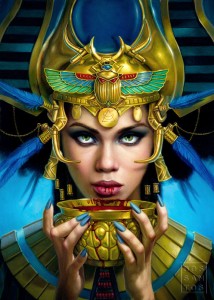
In 2010 Shaun Tan got his win, and then another in 2011, with Picacio, Dos Santos and Martiniere lookiing on – along with the ever popular Bob Eggleton, By 2012 it was long time overdue to give John Picacio his win – against Dos Santos, Martiniere, and a new name, Michael Komark. And Picacio again, in 2013! But that year also marked TWO major milestones for the Best Artist Hugo.
One, was that a woman, Julie Dillon, was on the ballot – the first female Hugo Award nominee in three decades for professional artist (since Rowena, 1983).
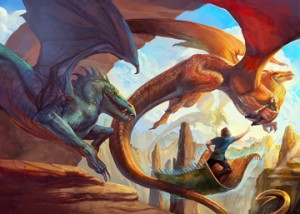
The other major milestone, and one that was again largely overlooked by the art community: 2013 was the first year since 1988 that Bob Eggleton was not on the ballot. Oh, and only one of the four other artists competing for the award was still working in traditional media, Dos Santos.
The others, Chris McGrath, Vincent Chong and yes, even Julie Dillon – all worked in “new media.” Or, as McGrath put it in a recent interview “”using Photoshop and my Wacom tablet. Everything is the same as setting up a traditional oil painting, using the same methods I was taught in school.”
What is the lesson here, what is the “take away,” as they say, from this brief history of the last decade or so of Hugo Winners? Apart from the paucity of FEMALE winners – a topic I will undoubtedly deal with in a future post – the news of significance here is that we have moved into a NEW ERA in terms of the art, and artists, being nominated for, and winning, the HUGO for Best Professional Artist.
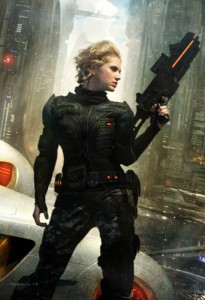
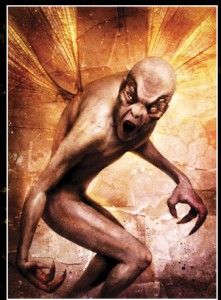
A new generation of highly talented artists are rising, and rising quickly – in large part because they have the technological skills – and the desire to apply them – that are in demand today. These points cannot be over-stated in terms of their importance.
But what of the artists who were forced to adapt to the changes that transformed the field of sf/f illustration? They never took courses in photoshop; they dealt with the changes brought by computers as best they could – some exhilarated by “new media,” some kicking and screaming. I’m talking about the artists whose images collectively created the “look” of adult (there was no “young adult”) science fiction during the years when this area of art collecting was still emerging. Not quite in it’s infancy, but still young enough so that slides and 35 mm photos and (occasionally) transparencies were the only way for an artist to show you their work . . . unless you part of that minority who attended genre conventions. Not the world of today.
How did these artists deal with these changes?
That is the angle I am going to be exploring over the next few weeks – or as frequently as my (or YOUR!) curiosity compels me. I am going to be shining a spotliight on the artists whose original styles of expression made books fly off shelves in the 80s-90s – turning those years into a new “golden age” of sf/f art. If you are a reader or collector of “A CERTAIN AGE” you will – I guarantee – recognize their names, or their style, or the works. But of those still working – only a few are still doing book covers, and even fewer are painting them. The field has changed, and artists with it….Whence the question: “where are they today” ?
I will begin next week with an artist who was among the first I ever met and got to know, in the 1970s, when we first started going to SF cons. JILL BAUMAN. Tune in, and see what’s she’s painting, 40 years later!


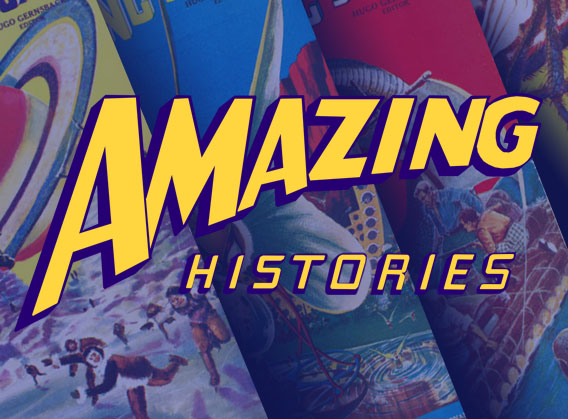
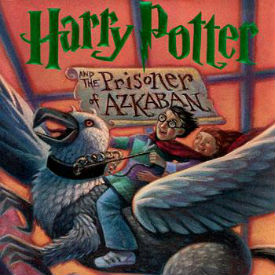
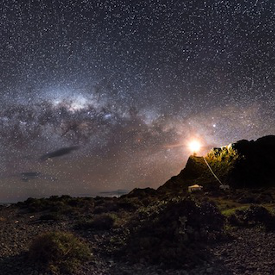
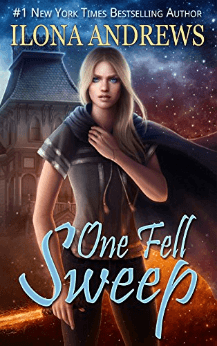





Recent Comments